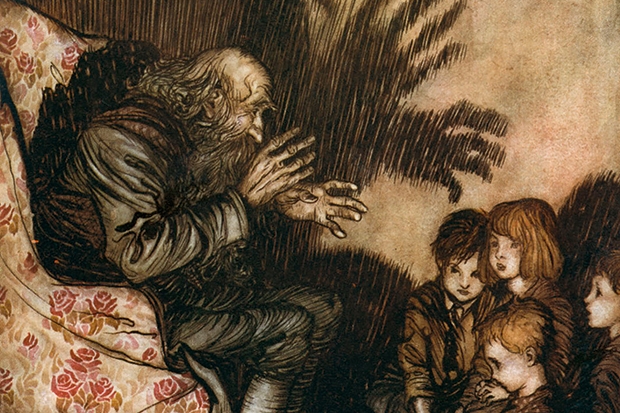Children’s fantasy literature has never been just one thing. Animal fables, folk and fairy tales were not originally intended for a child audience, while the relatively recent phenomenon that is entertaining (rather than principally didactic) children’s literature has many origins that are not fantastic at all. Michael Levy and Farah Mendlesohn draw a line — well, many lines — from these assorted beginnings to today’s world, in which fantasy specifically aimed at young readers is a large and noisy part of the publishing market, but still very far from a single coherent one.
Much of the category’s mutation over the centuries can be explained contextually: political pressures, economic changes, advances in gender politics and shifts in attitudes towards religion all play a role. These include loss of an empire, the aftermath of a brutal war, the anxieties of a nation seeking to define itself (think of L. Frank Baum’s America, or T.H.

Get Britain's best politics newsletters
Register to get The Spectator's insight and opinion straight to your inbox. You can then read two free articles each week.
Already a subscriber? Log in







Comments
Join the debate for just $5 for 3 months
Be part of the conversation with other Spectator readers by getting your first three months for $5.
UNLOCK ACCESS Just $5 for 3 monthsAlready a subscriber? Log in